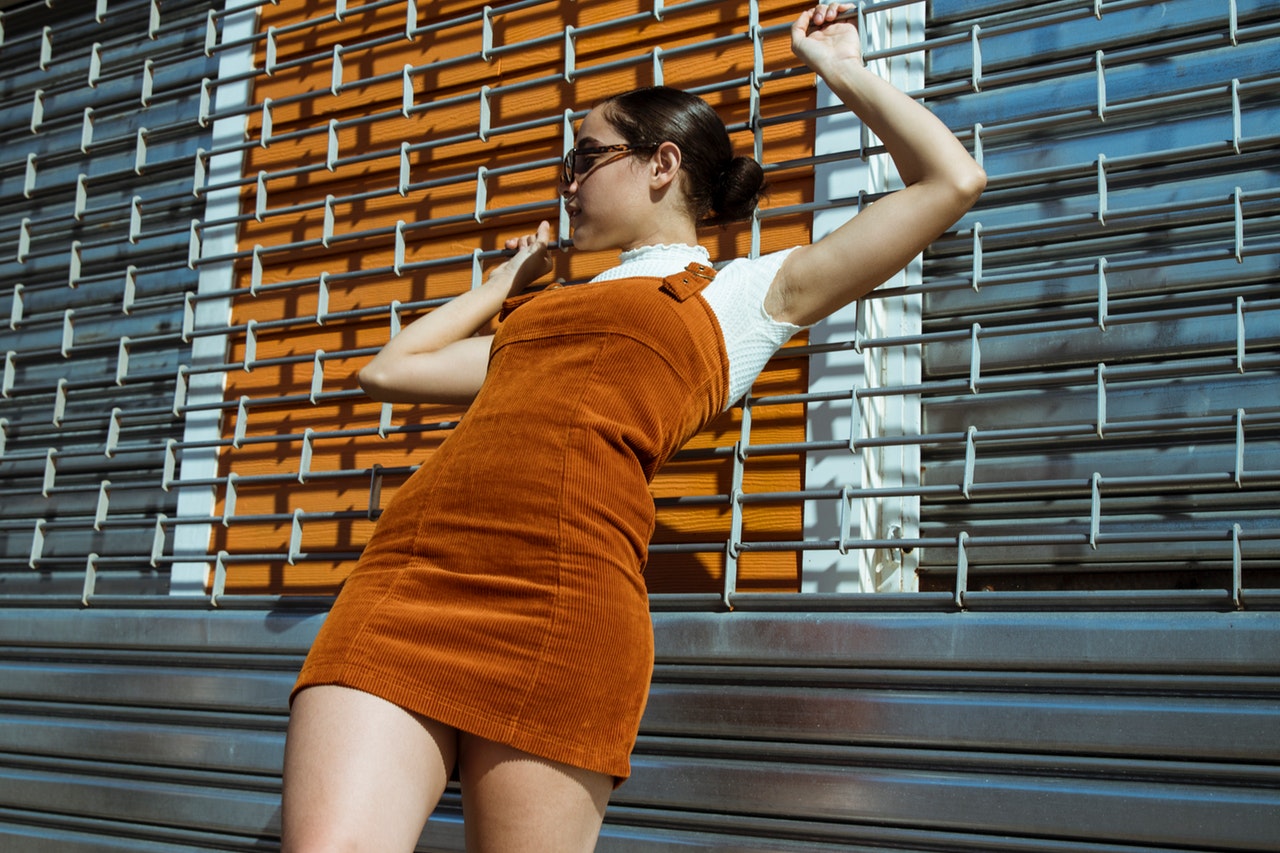LET’S DISCUSS CORDUROY
Ah corduroy, that warm, velvety soft fabric that’s versatile enough for wear in just about any clothing item, can be tied to many a retro childhood memory, yet remains an ongoing popularity item with lasting power even on today’s runways. With the cooler weather upon us, it’s a great time to see what’s kickin’ with corduroy these days, as well as get a little backstory for this True Fashionista fabric.
HISTORY
As early as the 17th century, shares V is for Vintage, French royal servants were known to wear a fine but durable woven velvet fustian-style fabric made from silk. Over the next 100 years or so, clothing made from this fabric gradually shifted from the help to the royals themselves. The word for this True Fashionista fabric, corduroy, was coined in England around the late 18th Century as an early form of branding using the French translation of “cloth of the King” (corde du roi). This was more than likely a way to promote an image of royal quality and to give the English-manufactured cotton cloth an air of French prestige. And corduroy had arrived! It was around this time that French-manufactured textiles earned themselves quite the reputation in England, however, French advertising for corduroy clothing used the English translation of “corde du roi” to sell it.
It was in the 20th century that corduroy became known as a popular children’s fabric, as many schools in America began using it for their uniforms. Mountain climbers adopted corduroy for their trousers, as did car drivers and the military for soldiers’ uniforms during WWI. Corduroy’s popularity continued to soar and was found in the 1920’s and 30’s in suits, trousers, caps and jackets for both work and casualwear. The 1950’s found corduroy going in and out of style, getting updates to bring back the True Fashionista glam seemingly as soon as it had lost its excitement. The 1960’s and 70’s anti-establishment movements kept corduroy exciting, with corduroy jeans becoming a widespread staple of informal dress. After the 70’s, corduroy lost its appeal despite the introduction of Versace’s 1982 line of corduroy men’s clothing. Stretch corduroy was introduced in the late 1990’s to a warm welcome, further cementing the fabric into history. Some famous fans include: Ben Franklin, Picasso, Matisse, Gertrude Stein and Woody Allen.
CORDUROY THESE DAYS
There’s a reason corduroy has lasted all these hundreds of years. It works day and night ensembles, retaining its chicness 24/7. Just watch out when pairing it with other fabrics, however, as it could clash in the same way that differing patterns do. Keep in mind that even though clashing patterns have actually had a resurgence, clashing textures have not. For example, don’t pair suede boots with corduroy. However, corduroy on corduroy is perfectly acceptable this season! Just try to stay away from loud or gaudy prints (hello, animal prints) and go for subtler prints to go with your corduroy.
Corduroy made a big return to the scene via the autumn/winter runways as well. Prada models were sporting matching corduroy blazers and trousers in shades of butterscotch; overcoats, hats and hip flares. British designer Bella Freud offers True Fashionista wide-leg and straight-leg corduroy trousers for autumn, as well as her Bianca double-breasted cotton-corduroy blazer line. Canadian Hilary Macmillan presents a gorgeous blue corduroy long blazer (Can’t venture to call this a coat? Got it.) Recently, reports Vogue, model Kaia Gerber was spotted in Manhattan rocking a brown corduroy blazer with Prada patent knee-high boots and sleek Jimmy Choo clutch, further emphasizing the triumphant return of corduroy for 2019 and beyond.
Explore your corduroy and discover fun, exciting corduroy items at True Fashionistas Resale, either online or in our Naples, Florida store. Our inventory is always being updated, so check back often!





























